Last year marked my first Lunar New Year while in Asia, and I was very much looking forward to marking the occasion. It’s the busiest time of year for travel, with families flocking around the world to celebrate the holiday with loved ones and friends. Despite it being a busy time of year, that didn’t deter me from traveling somewhere to celebrate my very first Lunar New Year.
I had always wanted to visit Vietnam, and was originally supposed to visit in September 2019 but postponed until January 2020 to be able to celebrate Lunar New Year, or Tết as it is called in Vietnam. I had my heart set on the beautiful, lantern filled, canal city of Hội An as the perfect place to ring in the new year and to introduce myself to Vietnam.
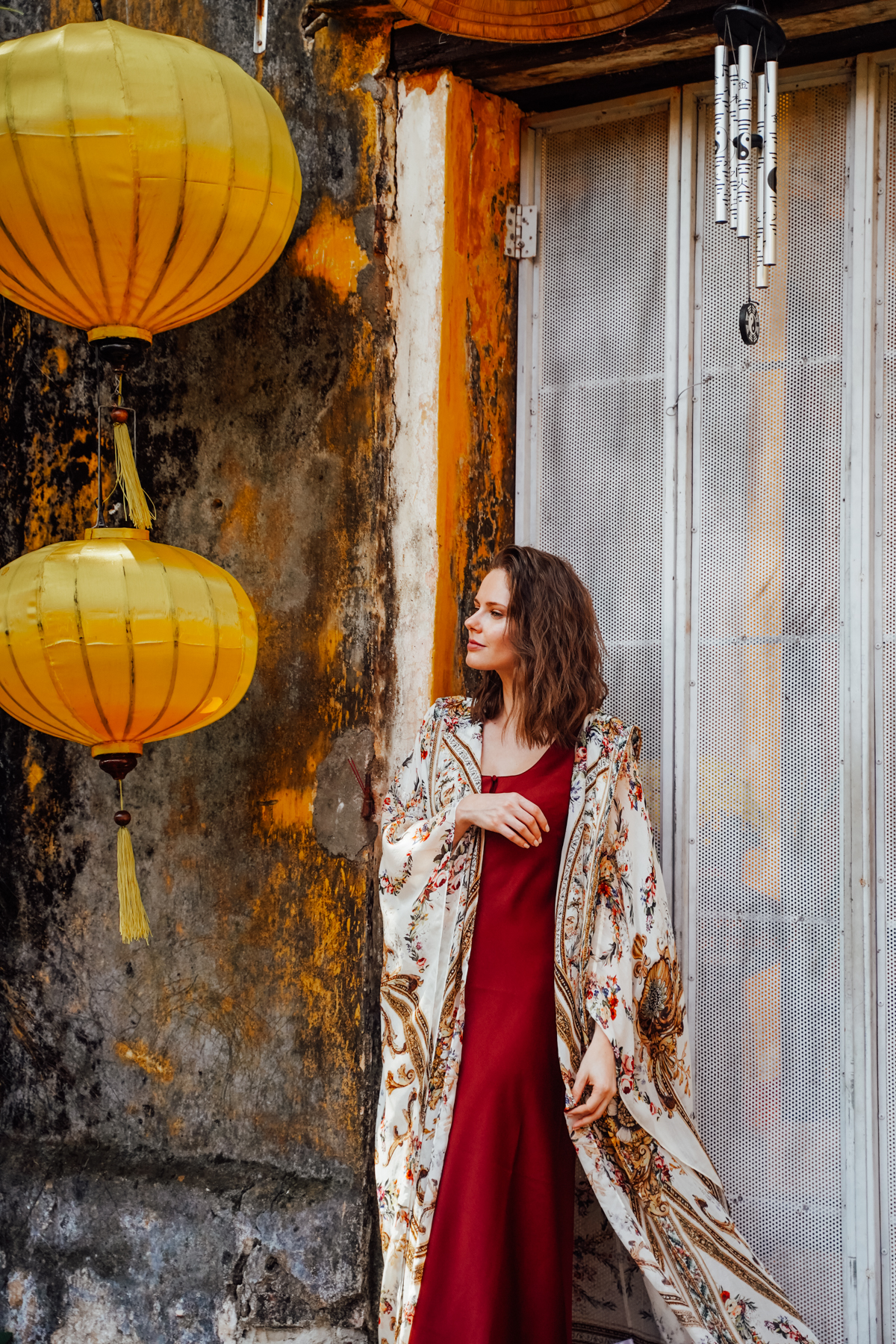
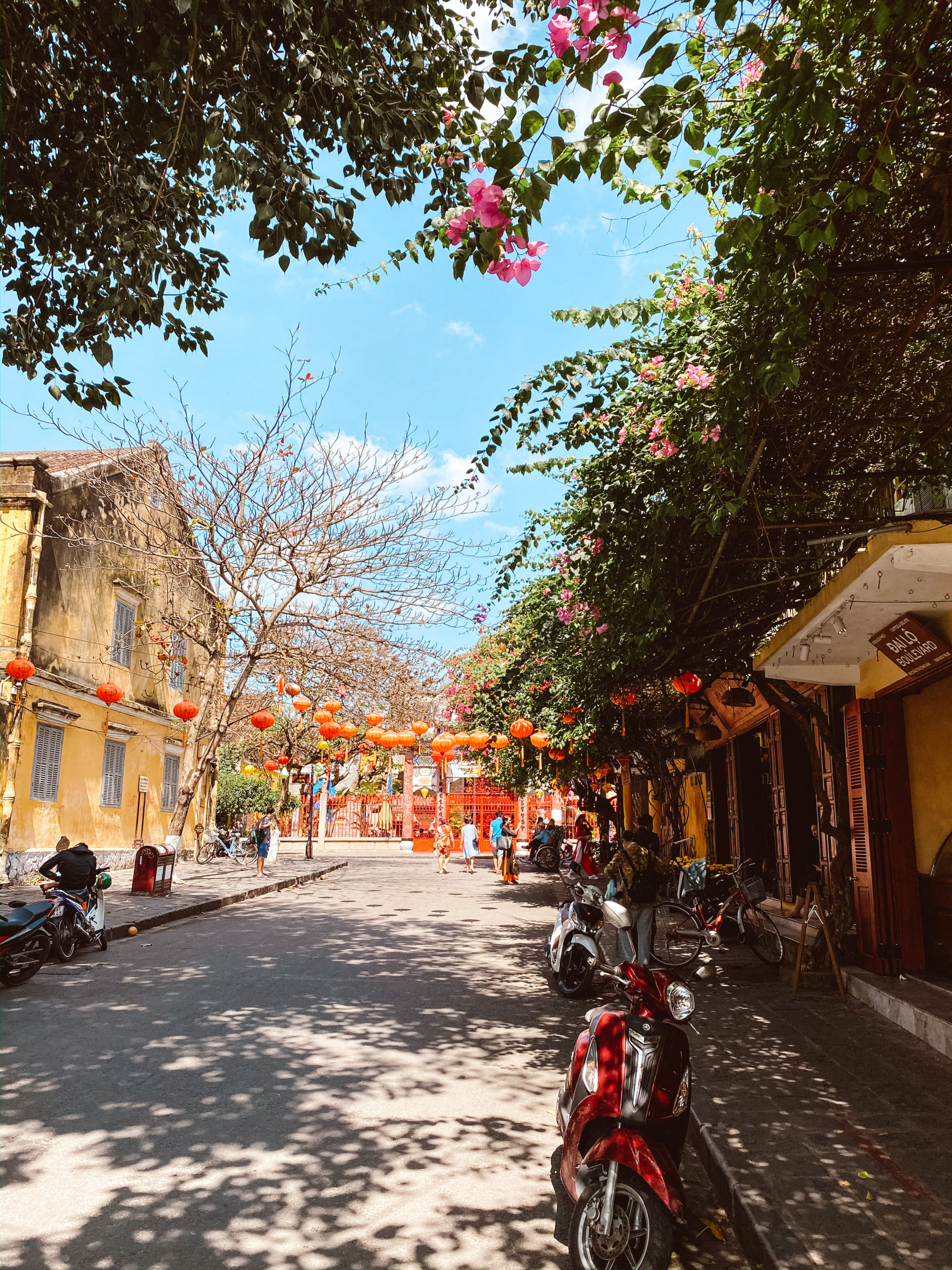

About Hội An
Hội An is located in Vietnam’s central coast, about 30-45 minutes south of Da Nang. This trading port dates back from the 15th to 19th centuries, with most of the city extremely well preserved. In fact, the name Hội An actually translates to “peaceful meeting place.” The most famous part of Hội An is Old Town, which is a blended mixture of Chinese, French colonial, and Japanese architecture along the canals. The beautiful Japanese pagoda is actually the symbol of Hội An. This city is extremely rich in history, particularly in regards to trading since it was and still remains a very important and active port, and everywhere you look it reflects both the local and foreign influences that shaped it over the years. Because of that and more, it is a UNESCO World Heritage Site.
Besides its deep history, its preserved historical buildings, and colorful, lively streets, another standout in Hội An is its cuisine, which has been influenced over centuries from regions in East and Southeast Asia. Aside from other traditional Vietnamese dishes, cao lầu is the city’s signature dish, which is a braised spiced pork noodle. Although I personally do not eat pork, it’s still easy for me to see why it’s such a favorite amongst locals and tourists alike.
Getting to Hội An
There is no airport or train station within Hội An, although Da Nang isn’t far away, so the only way to get to the city is by road. Whether that be by bus, by taxi, by car, or by the popular motorbikes, the choice is yours. If you’re staying at the Four Seasons Resort The Nam Hai like I did, there’s a complimentary shuttle that brings you to and from Old Town several times throughout the day.
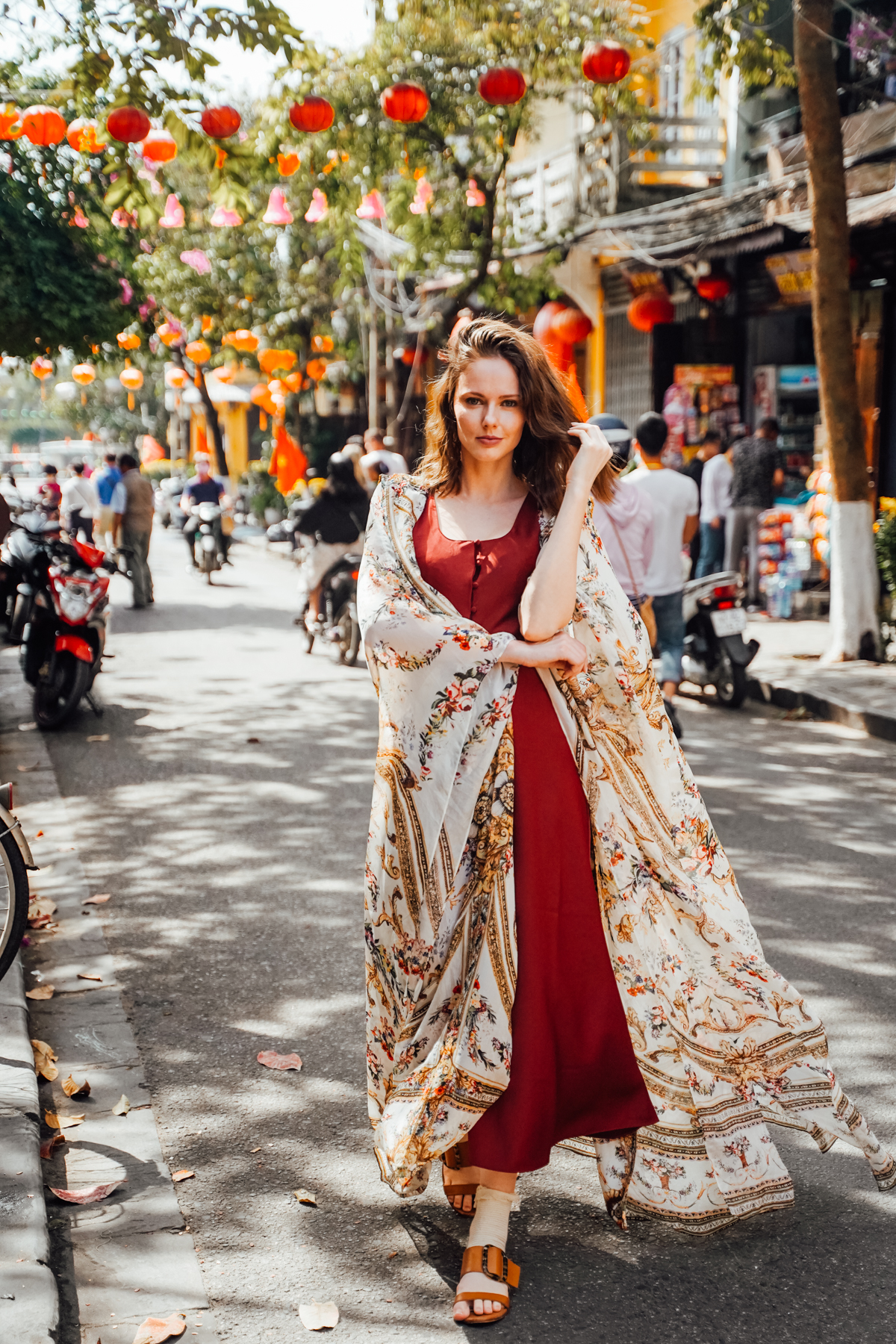
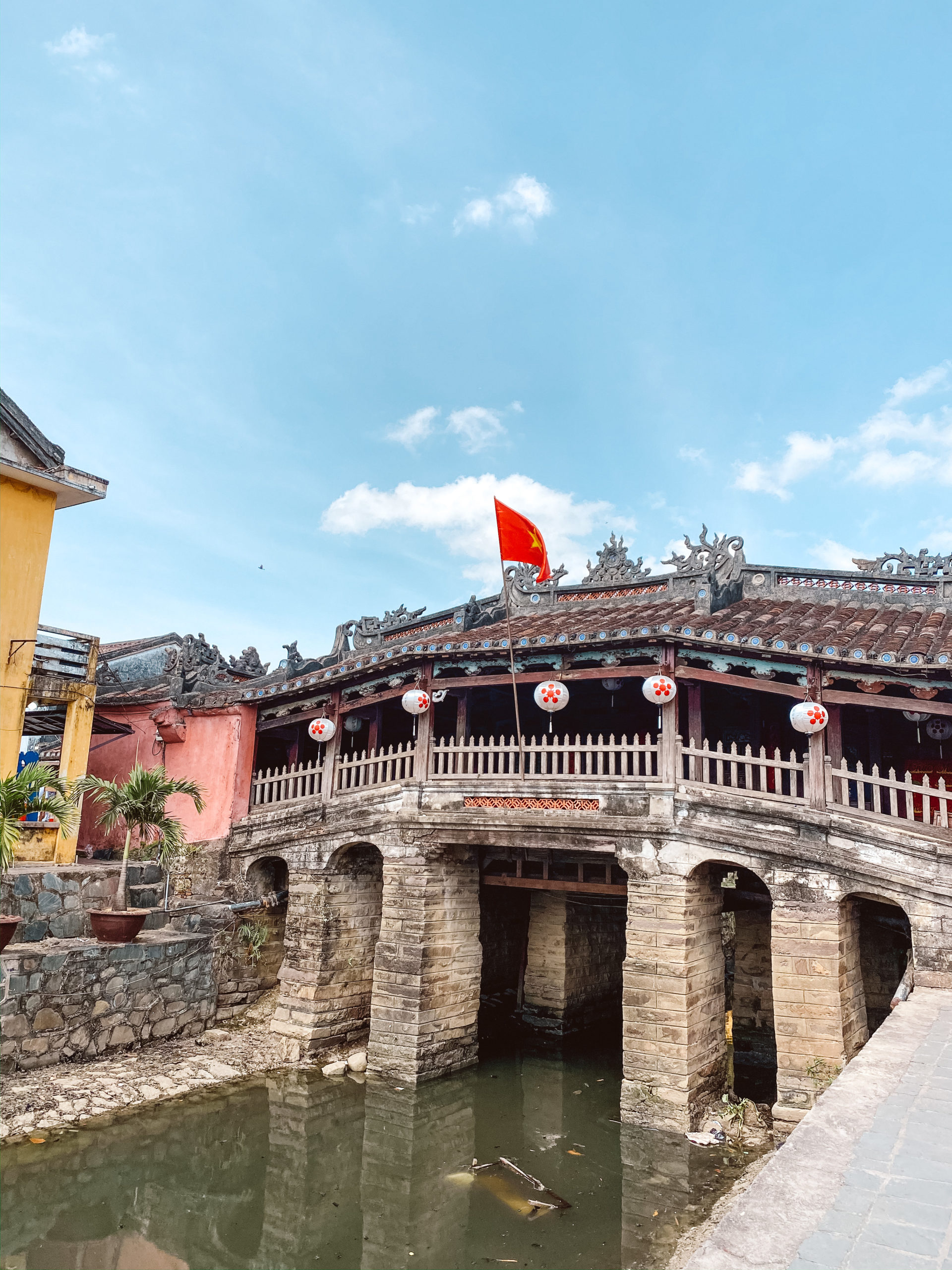
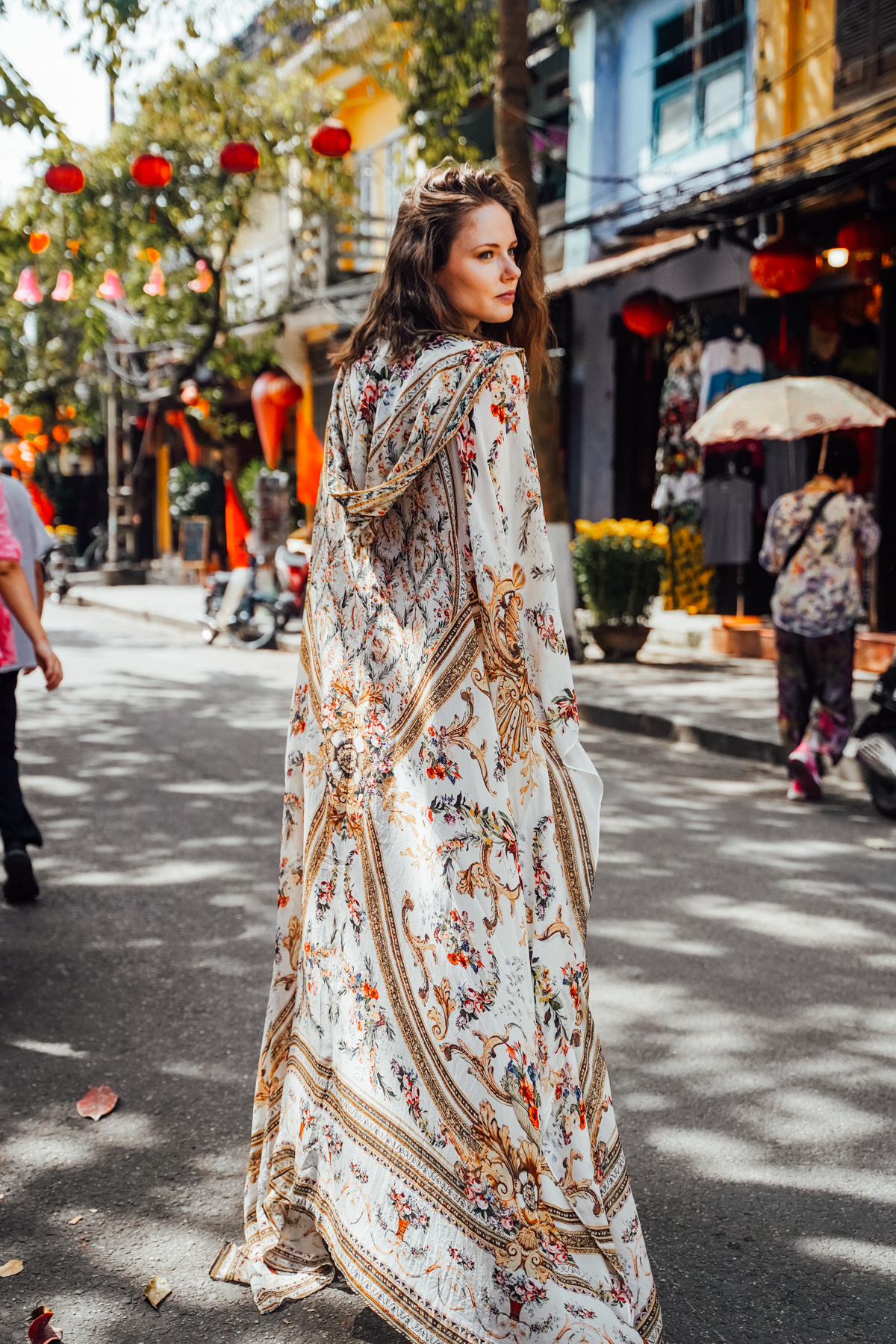
Tết in Hội An
Hội An is an extremely popular destination for Tết for Vietnamese nationals and international tourists due to it’s proximity to the sea but also due to its pride in local culture. Aside from well-preserved, centuries old temples, Hội An is a great place to gather for food. Street food takes center stage during Tết, with the street Nguyen Truong To becoming a very popular spot for vendors to set up shop and for people to savor local street food. There’s cao lầu of course, but there’s another popular pork dish that makes a popular street food – bánh chưng, which is steamed pork and sticky rice stuffed in banana leaves.
Bright colors are abundant during Tết (except for white and black, which are reserved for mourning). Red is very popular, as the color is synonymous with luck. Along with bright colors and bright red lanterns, flowers are EVERYWHERE during Tết. If you love flowers, then you’ll certainly love this time of year. Red, yellow, and pink flowers are most common. There’s even a Tết version of a Christmas tree – the Kumquat tree – although ornaments and lights aren’t necessary since the bright orange fruit growing on the trees are beautifully eye-catching.
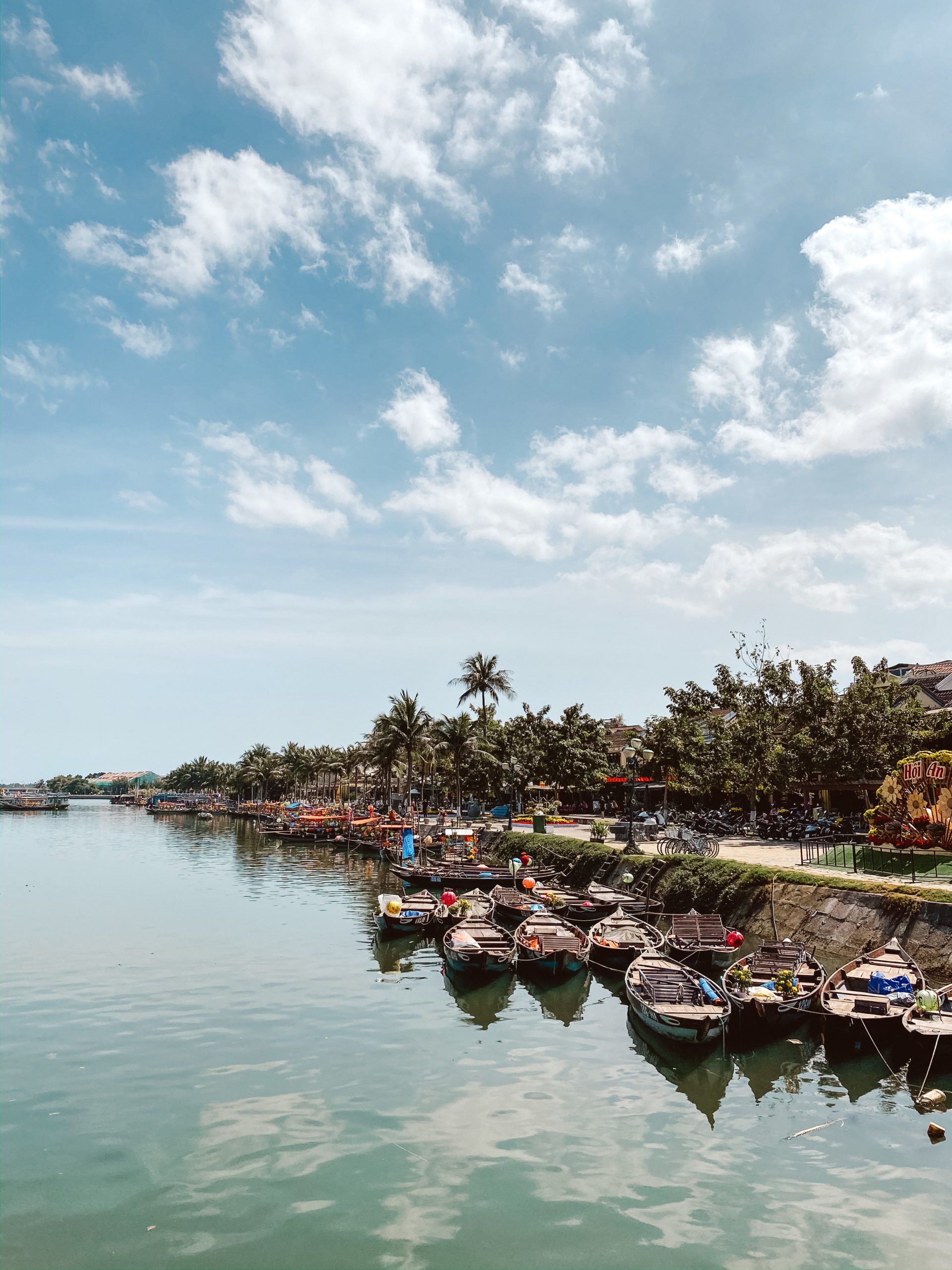

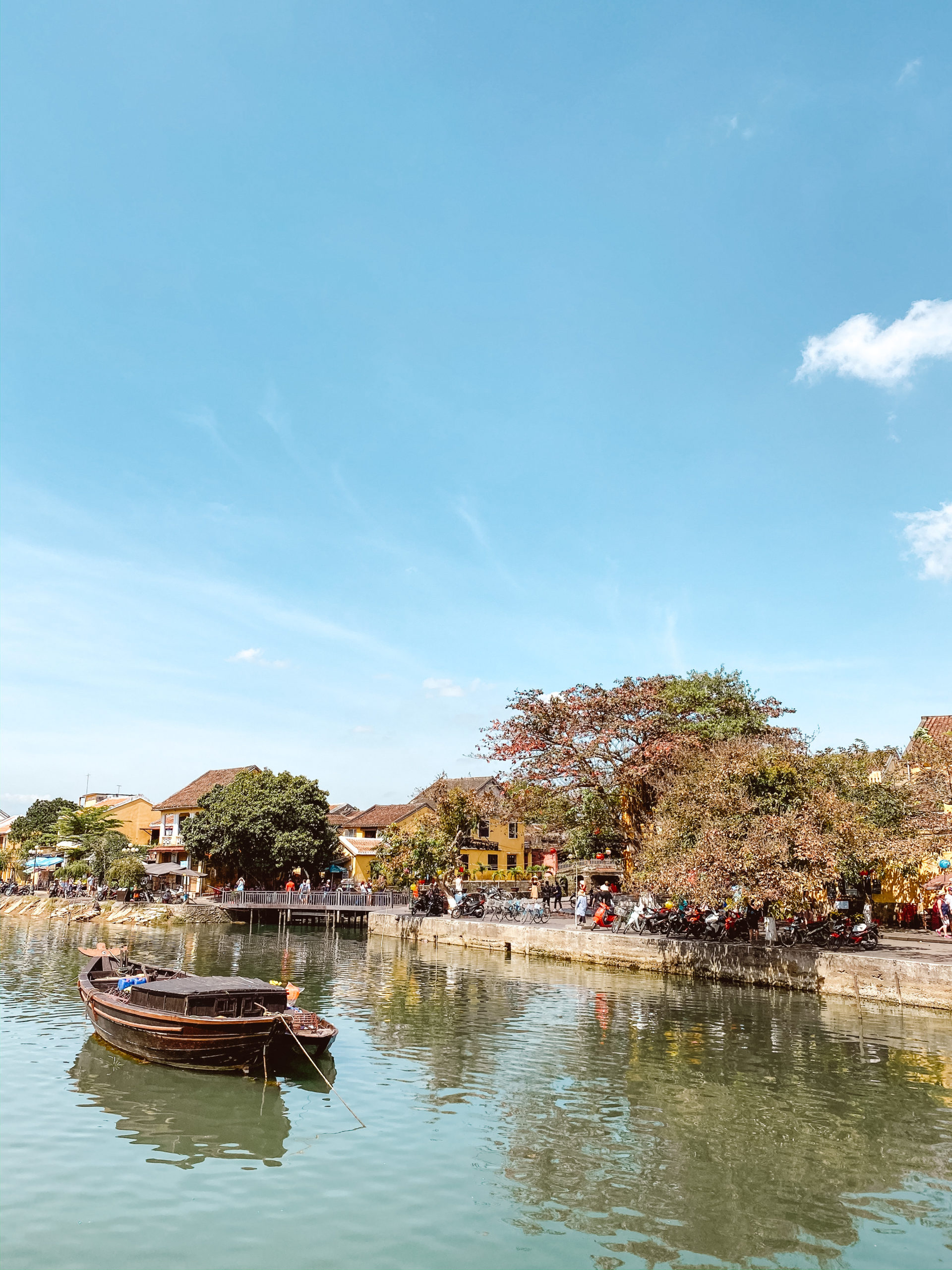
Whether you’re coming for Tết or any other wonderful time of year, Hội An is definitely a city that should be on your bucket list. It’s the perfect city to truly immerse yourself in culture, from the architecture to the history to the amazing cuisine. There’s no shortage of what there is to see and do and experience in a city like this.
Check out my Hội An travel guide for all my restaurant and activity recommendations.



